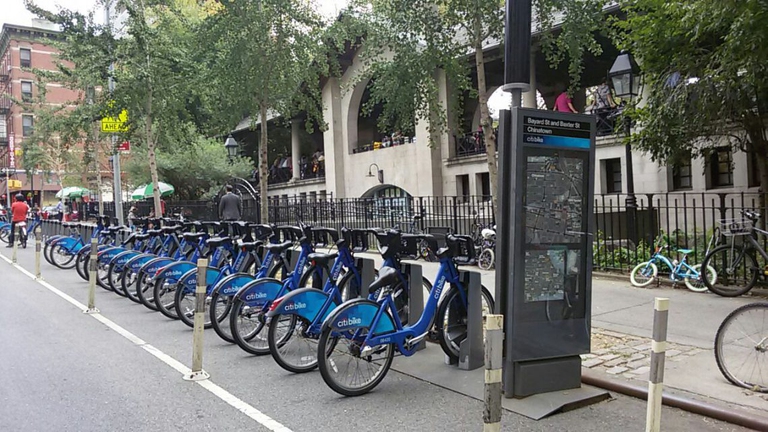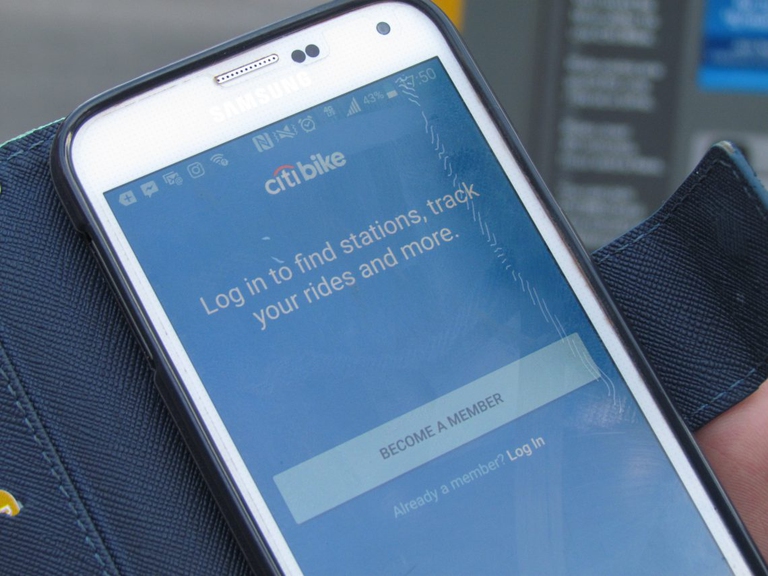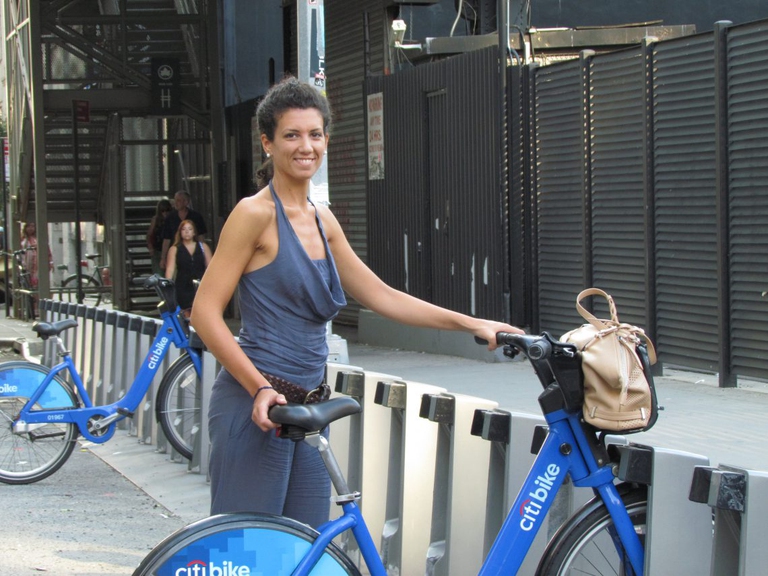
Milan has announced one of Europe’s most ambitious mobility schemes, known as Strade Aperte (open roads). Its goal is to reduce cars in phase 2 of the lockdown by increasing bike lanes and pedestrian areas.
A typical scene: you get out from work and take a bike from the station near Bryant Park, riding through New York City headed to a new bar for a chat with a friend. Or you need it just for 10 blocks at lunchtime to go and see a shop in Soho that just opened. Citi
A typical scene: you get out from work and take a bike from the station near Bryant Park, riding through New York City headed to a new bar for a chat with a friend. Or you need it just for 10 blocks at lunchtime to go and see a shop in Soho that just opened. Citi Bike is expanding throughout Manhattan, Queens and Brooklyn, but also in New Jersey, on the other side of the Hudson River: this summer a new expansion project started and the number of bikes will increase from 8,000 to 10,000 this year.
Annual Citi Bike members rose to 105,465 with 467 active stations as of May 2016, and an estimated 1.4 million pounds of carbon emissions were offset: ride for fun, health and convenience as well as helping the planet.
“It’s easy to use, and I can use it for unlimited 45 minutes rides in the city – I can take it at one station and leave it at another,” says Veronica Tordi, who has been a New Yorker for three years and now member of the rising community of Citi Bike users. She lives in Bushwick, in Brooklyn, and every time her friends invited her for a drink in Williamsburg, a 20 minutes ride from where she lives, she preferred to stay home before the bike stations arrived in her neighbourhood. “Some neighbourhoods, especially here in Brooklyn, are so nice and vibrant but they’re not easy to reach with the subway, and with buses it takes ages to get there”.
“With a simple smartphone, I can check the availability of bikes or spaces to leave my bike in real time,” Tordi explains. “This was thought for quick trips, instead of a cab, if you’re visiting or showing guests around, if you want to go from the office to the pool without always being underground in the subway, and also for going green”. There are 1-day passes for 12 dollars, 3-day passes for 24 dollars or an annual membership for around 15 dollars a month (about 180 dollars a year). “The issue here is that there’s not enough choice: I would like a monthly pass or something less than a year commitment”.
In autumn 2015 Citi Bike expanded to Bedford-Stuyvesant, a historical neighbourhood which lately has been experiencing gentrification: the arrival of wealthier (and often white) people, causing prices to rise in neighbourhoods, which are often forced to change their aspect, and at times leading the original communities to be displaced. Residents complained about the loss of parking spaces occupied by the stations, low usage and that residents owned their own bikes and didn’t need the service. A local community organisation viewed the expansion as a form of distraction from wider problems, such as the health issues of a community plagued by highest rates of diabetes and obesity, and also unemployment and poverty.
The Bedford Stuyvesant Restoration Corporation, under the Better Bike Share Partnership, teamed up with Motivate, the operators of Citi Bike, and the city’s Transportation and Health departments to get more people to use the system in a bid to improve the community’s overall quality of life. Filling the gaps in public transportation and giving a means of transportation to local people to go to job interviews, but also instituting corporate subsidies that allow employers to pay or participate in the annual membership’s expense. These were the keys to success against the fear of gentrification in the neighbourhood and the beginning of expansion in difficult areas.
Siamo anche su WhatsApp. Segui il canale ufficiale LifeGate per restare aggiornata, aggiornato sulle ultime notizie e sulle nostre attività.
![]()
Quest'opera è distribuita con Licenza Creative Commons Attribuzione - Non commerciale - Non opere derivate 4.0 Internazionale.
Milan has announced one of Europe’s most ambitious mobility schemes, known as Strade Aperte (open roads). Its goal is to reduce cars in phase 2 of the lockdown by increasing bike lanes and pedestrian areas.
Formula 1, the world’s most important auto racing championship, has decided to turn the page and aim for carbon neutrality with the support of its teams, drivers and the whole racing circus.
Toyota and LifeGate began telling the story of hybrid mobility back in 2006, now, on the road to the Tokyo 2020 Olympics, they’re still treading the path of sustainable mobility. Here are the main steps of the journey.
Germany’s first solar bicycle lane could be the prototype for the roads of the future. The photovoltaic tiles melt snow and ice, and are capable of absorbing noise.
The Vespa is back in an electric version. Production has just started and the first models can be reserved online starting from October.
The city of Utrecht, in the Netherlands, is home to a bridge for cycling and walking that stretches over roof garden of a Montessori school. This project enhances practicality and will allow families to bring children to school by bike, passing through green areas. Despite their functionality, bridges are often seen as an infrastructure that is
The Lego hair bike helmet is the latest Internet craze. For now it’s just a prototype but production on a large scale will probably start soon.
Just as fires often give way to new growth, after the Dieselgate scandal, which saw Volkswagen cheating on US emission rules, the German car manufacturer radically changed course, beginning to focus on sustainable mobility. The German car company aims to propose thirty zero-emission models and produce at least one million battery electric vehicles by 2025. An ambitious mission
Sustainable, two-wheel mobility is triumphing in Copenhagen. After years of investments, policies, and infrastructural changes, bikes now outnumber cars in the city centre. The website Copenhagenize has released data linked to the number of vehicles entering the city centre, which are monitored by the city’s administration on a daily basis. Last year, 265,700 bikes have entered










